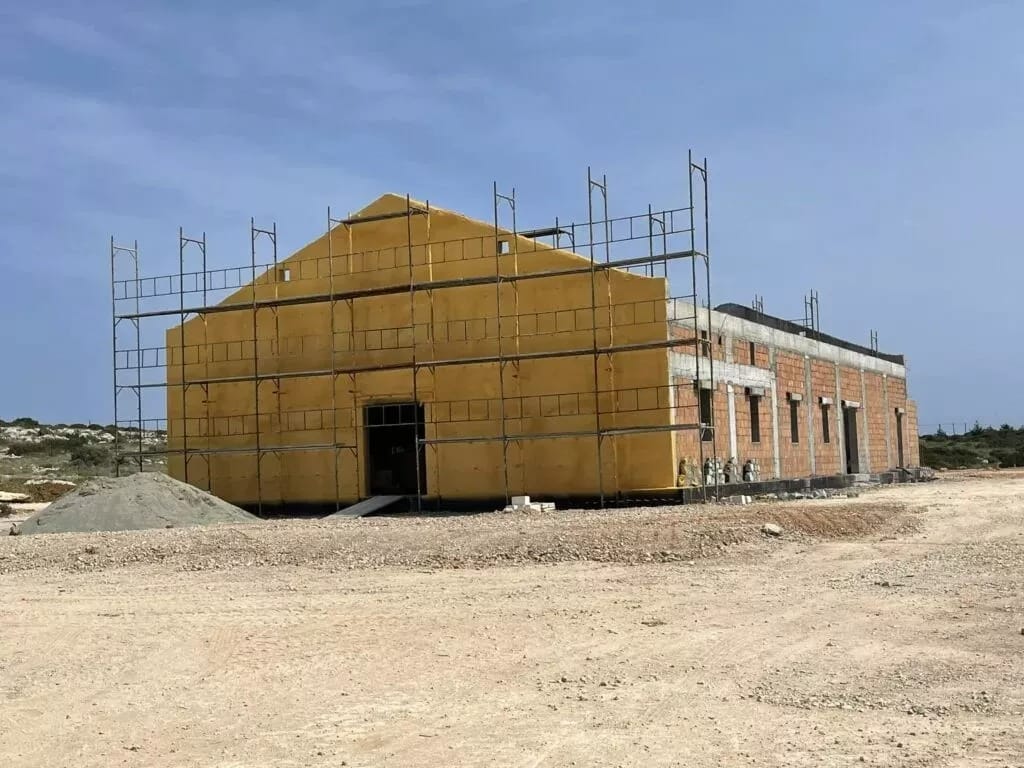Monastery Construction Faces Legal Hurdles in Cape Greco
The Minister of Interior has made a decisive move by rejecting the hierarchical appeal lodged by the Bishopric of Constantia and Ammochostos. This appeal contested the enforcement notification concerning the construction of a monastery within the environmentally sensitive and protected area of Cape Greco. With the appeal dismissed, the Bishopric now faces a critical juncture with two distinct paths forward: the Bishopric of Constantia can either appeal to the judiciary or comply and demolish the building.
In the event that the Bishopric opts for legal action, it must maintain the status quo until a judicial decision is rendered. This means that not only must the existing illegal structures remain untouched, but also no new construction can commence. The situation is further complicated by a prior commitment made by the Bishopric to Yiannis Charilaou, director of the Audit Department of the Church. This commitment was to undertake the demolition and restoration of the area should their appeal fail.
Despite this commitment, the Bishopric signaled a change in strategy. In correspondence with the Municipality of Ayia Napa dated April 4, 2024, it indicated its intention to pursue an appeal with the Administrative Court if their hierarchical appeal was not successful.
Meanwhile, the Minister of Interior has extended an olive branch, offering to consider requests for land exchanges. This would involve swapping pieces of church land within the protected areas for alternative plots in Ayia Napa suitable for erecting the monastery. Should such an exchange occur, it would allow for the construction of the monastery of Saint Ephraim and Saint Catherine at a new location that aligns with both the Bishopric’s requirements and environmental conservation efforts.
It is crucial to note that if the Bishopric decides to rectify the illegal construction, it must adhere strictly to the guidelines set forth by the Environmental Authority. These guidelines were established following a meeting of the Ad-Hoc Committee and detail the procedures for demolition and subsequent restoration measures.
The unfolding situation presents a complex challenge that balances religious aspirations with environmental stewardship. The outcome will set a precedent for how similar cases are handled in regions where development and conservation interests collide.






